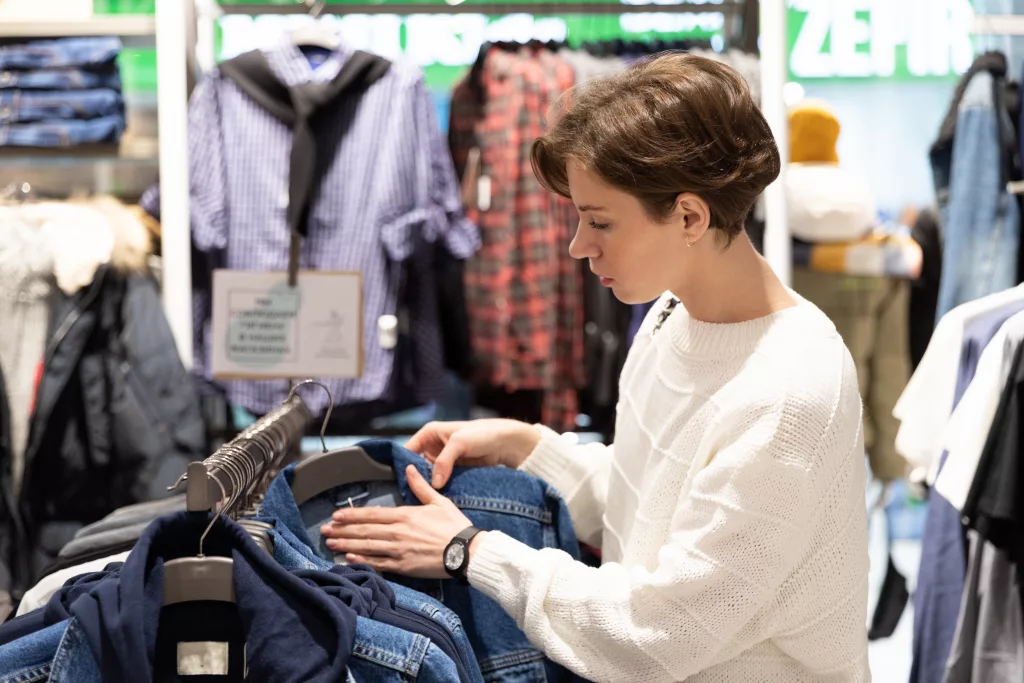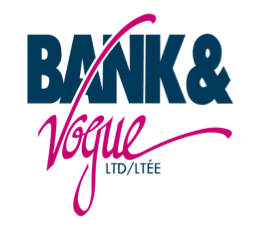In an age where sustainability, affordability, and uniqueness are increasingly valued, second-hand wholesale is emerging as a transformative force in the retail landscape.
This business model, which involves the bulk sale of pre-owned goods, is reshaping consumer habits and influencing how retailers approach inventory management and sales strategies.
Here’s how second-hand wholesale is changing the retail landscape in 2025:

What Is Second-Hand Wholesale, and Why Is It Gaining Popularity?
Second-hand wholesale involves purchasing pre-owned goods in bulk. These items are often sourced from returns, overstock, or gently used products. Its appeal lies in the growing demand for sustainability, affordability, and uniqueness in consumer products. Retailers find it a cost-effective way to stock their shelves, while consumers embrace the quality and individuality of second-hand products.
The global second-hand clothing market is expected to grow to $350 billion USD by 2027, highlighting the increased importance of environmental awareness, especially with the younger generations. Factor in other second-hand goods and this is a sizeable opportunity.
Supporting Sustainability in Retail
One of the most compelling aspects of second-hand wholesale is its contribution to sustainability. By extending the lifecycle of products, this model helps reduce waste by diverting items from landfills, where millions of tonnes of textiles, electronics, and other goods are discarded annually. It also lowers carbon emissions by decreasing the demand for new production, which often involves energy-intensive manufacturing processes.
Consider this: If all adults in the UK bought half of their next wardrobe second-hand instead of new, it would prevent 12.5 billion kg of carbon emissions, the equivalent of flying around the world 17,000 times.
Businesses That Benefit From Second-Hand Wholesale
Second-hand wholesale is not limited to small thrift stores. It’s a versatile solution for many business models. Boutiques can curate vintage or upcycled collections for niche markets. Online marketplaces like Poshmark or eBay use second-hand wholesale suppliers to maintain a steady inventory of in-demand items. Large retail chains, such as H&M and Lululemon, are adding second-hand sections to their stores. Entrepreneurs in the resale industry can rely on wholesale suppliers to establish their operations cost-effectively.
Profitability in Second-Hand Wholesale
For retailers, second-hand wholesale represents a lucrative opportunity. The lower cost of acquiring inventory translates to higher profit margins, even when selling items at competitive prices. Moreover, as consumers increasingly prioritize sustainable shopping, the demand for pre-loved goods continues to rise.
Retailers who embrace this trend are not only meeting consumer needs but also positioning themselves as environmentally conscious brands, further boosting their appeal.
The Future of Second-Hand Wholesale
The future of second-hand wholesale is bright, thanks to technological advancements and growing consumer interest. Innovations such as AI-driven inventory management and expanded digital resale platforms are making it easier than ever for businesses to access and manage second-hand stock. As this trend gains momentum, second-hand goods are poised to capture a larger share of the retail market. Retailers who adopt this model today will be at the forefront of a sustainable revolution in retail.
Whether you’re a boutique owner, an online entrepreneur, or a major retailer, second-hand wholesale offers opportunities to profit while making a positive impact.
For 25 years, Bank & Vogue has been managing the trade of secondhand goods between hundreds of suppliers and customers around the world.
With only 1% of the world’s products actually being recycled, we are passionate about making a more circular economy all across the globe. Learn more here.







